Cement
At the scale of the cement industry, even small changes can make a big difference.
Doing more with less clinker or making clinker more efficient in cements has been very successful, and research into activating other, less carbon intensive, elements is also looking very promising.
Producing low-clinker cements
The cement industry has been continuously reducing clinker content in cement and replacing it by other active elements such as fly ash, blast furnace slag, pozzolans or limestone to reduce CO2 emissions.
It is important to highlight, however, that the decarbonisation of the European industry will have an impact on alternative material availability, such as fly ash and blast furnace slag.
In addition, the limited availability of calcined clay in Europe puts a constraint on a further reduction of the clinker content in cement in Europe compared to other parts of the world that have not, as yet, committed to a consistent path towards decarbonisation.
Developing innovative binders
Apart from clinker substitution through the use of other active elements, more fundamental changes in the raw materials used in cement/clinker are also under development. More diversified, less carbon intensive raw material mixes and clinker types are being developed, tested or are already in use today.
Novel materials based, for example, on calcined clay, iron, bauxite instead of Portland clinker can offer a lower carbon and realistic solutions in regions where different raw materials are available.
As clinker-based cement provides the durability, safety and strength of concrete, the cement industry is also directing its research into a detailed assessment of the impact of other raw materials on the durability and strength.
The cement industry is also exploring the potential for development of low CO2 binders. Projects such as Solidia cement, Eco-Binder, Celitement, explore the technologies leading to around 30% lower CO2 emissions in clinker production by using less limestone, a lower clinker burning temperature, and lower grinding energy requirements.
Improving energy efficiency
The cement industry is continuously improving grinding and mixing methods to improve the performance of different types of cement as well as testing new substitutes and additives. The shift in grinding technology includes wider grinding with vertical roller mills and roller presses, high efficiency separators, optimisation of operating parameters of ball mills, but also R&D on potential future technologies by analysing different concepts for comminution, particle size distribution, transport, and classification
of different materials.
How can policy help?
Encourage and facilitate the efficient use of clinker and lowering of the clinker-to-cement ratio

- Provide support for and access to R&D funding for the development of processing techniques and performance testing for potential clinker substitutes.
- Support the CEN work on the development of standards for cement and concrete as well as building codes allowing more widespread use of novel cements whilst ensuring product reliability, safety, and durability at final application.
- Facilitate access to raw materials and enhance waste and by-products recycling policies.
- Ensure traceability/labelling/ethical and responsible sourcing of construction materials.
- Foster the use of low-clinker cements in sourcing and public procurement policies, provided that:
- It is technically appropriate
- Clinker substitutes are sustainably available
- A life cycle approach is applied rather than simply focusing on product footprint or intermediate product impacts.
- Promote training events with experts, research institutes, and the construction sector, to exchange experiences on efficient use of clinker in building products, cement and concrete standards, and environmental and economic impacts.
Support the development and deployment of emerging and innovative low-carbon technologies for cement production
- Reward clean energy investments and provision of flexibility to local energy grids, for example through fiscal incentives or initial support in rendering WHR (Waste Heat Recovery).
- Promote R&D into different existing and emerging grinding technologies and increasing the energy efficiency of this process.
Support the demonstration, testing, and earlier stage research for novel cements, and to develop large-scale demonstration projects and technical standards
